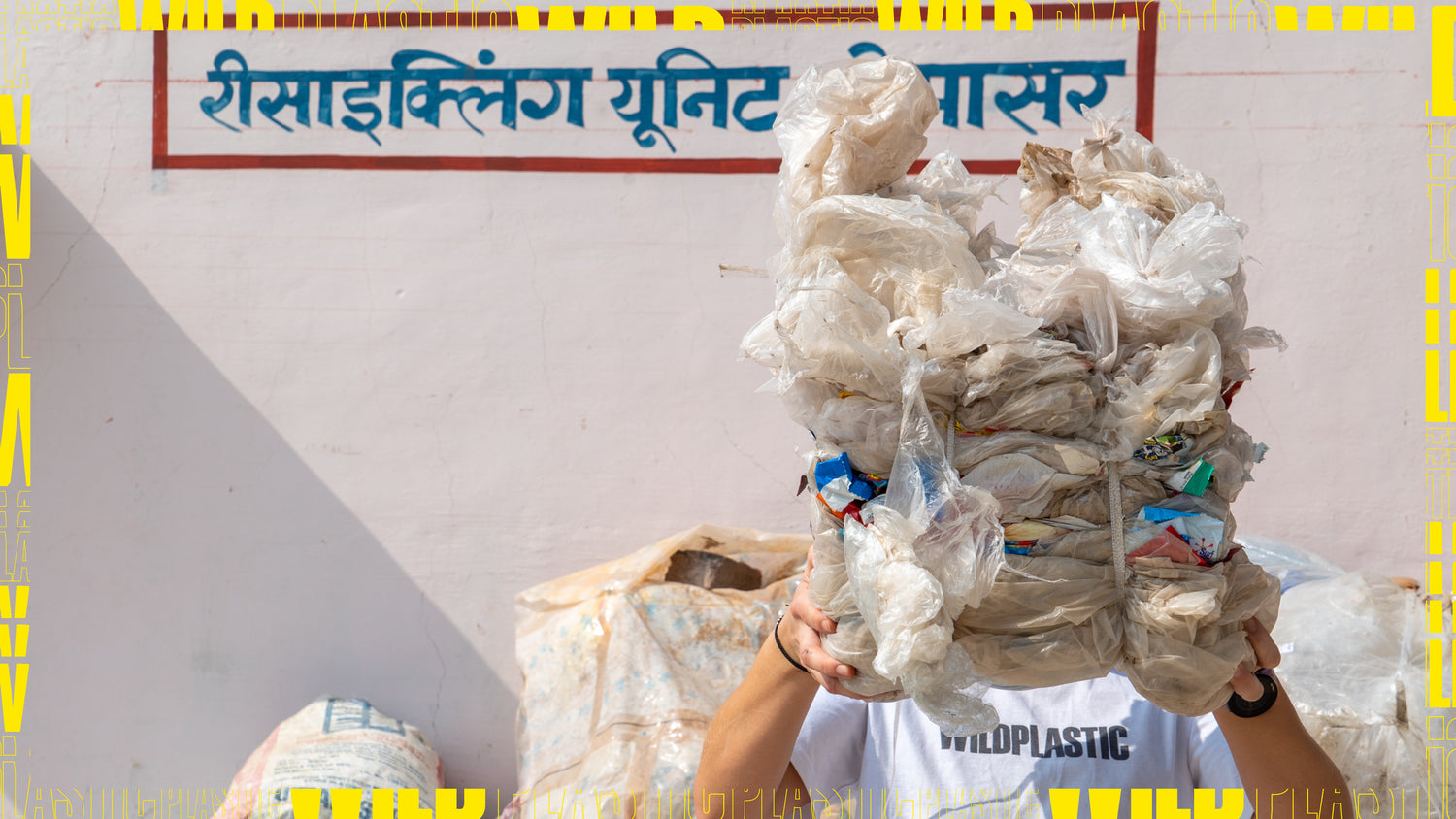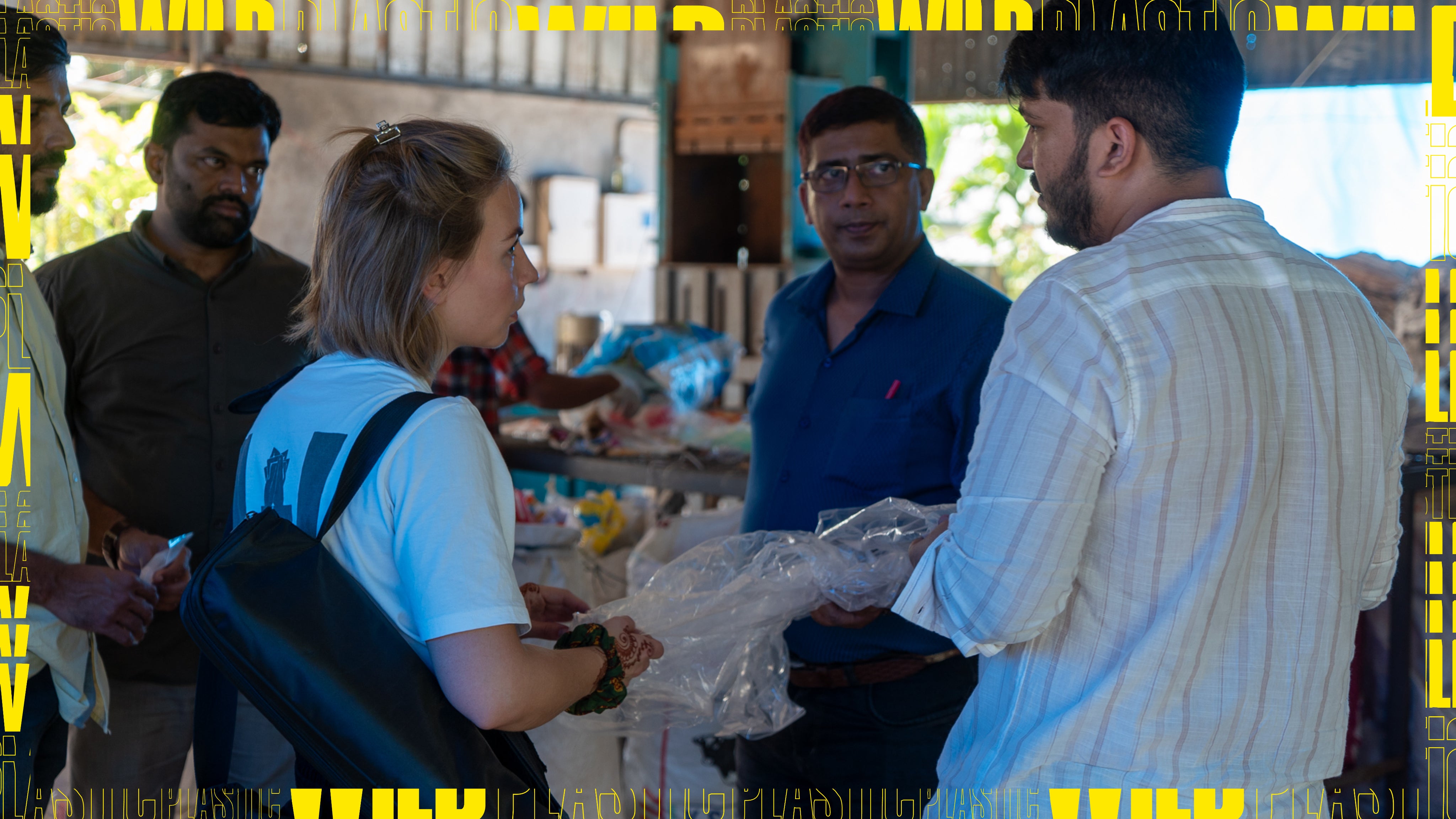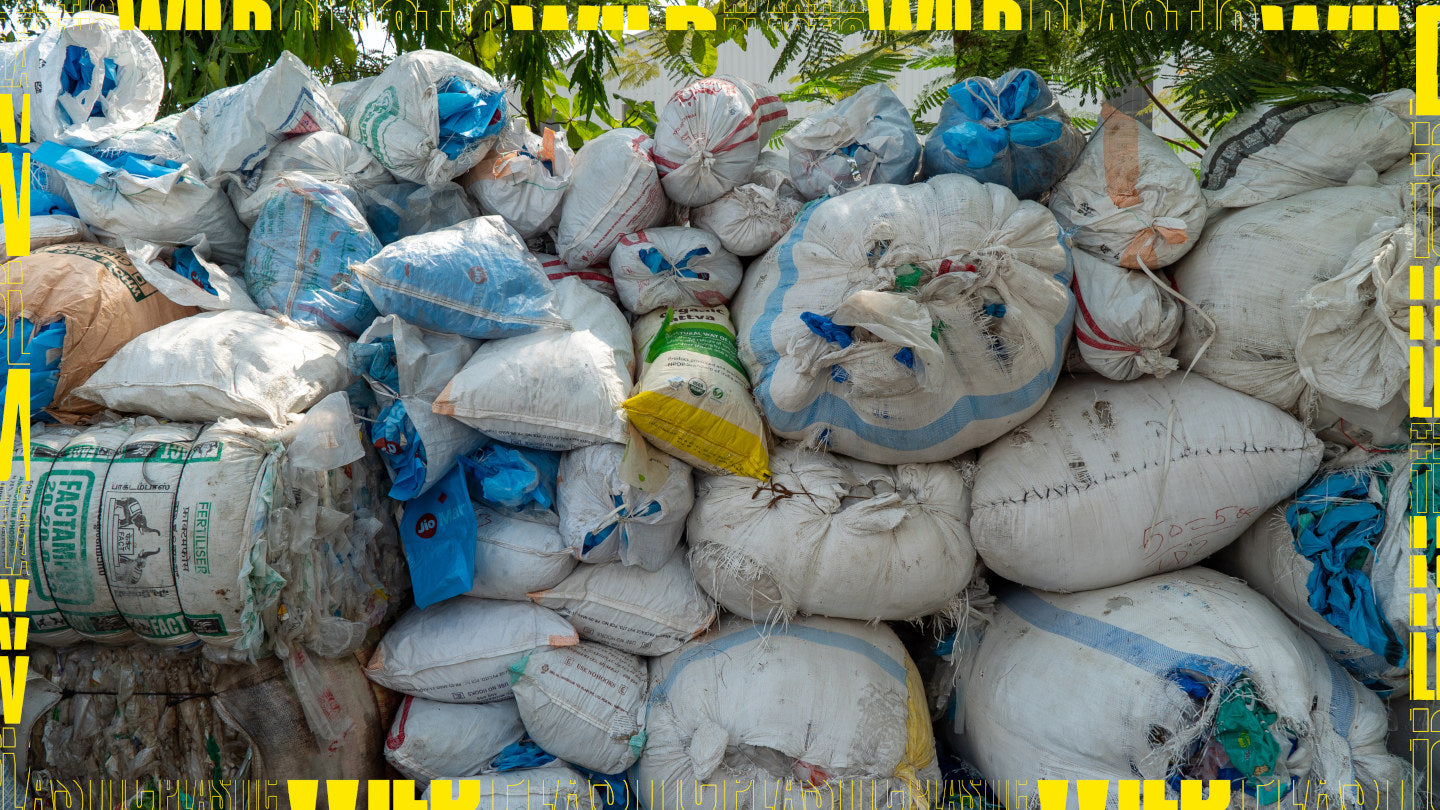What is LDPE, and why did WILDPLASTIC® decide to work with this material in the first place? We asked these and many other questions to our colleague Selen from the Material & Production Quality department.
Who are you, and what is your role at WILDPLASTIC®?
My name is Selen, I am an environmental engineer and I recently joined WILDPLASTIC® where I am responsible for material and production quality.

At WILDPLASTIC® we work with LDPE, can you give us a brief overview of this type of plastic?
Low-Density Polyethylene (LDPE) is a versatile thermoplastic known for its flexibility, durability, and transparency. LDPE is mostly derived from petroleum and it is produced through the polymerization of ethylene. One of the primary characteristics of LDPE is its flexibility, making it ideal for applications where a pliable material is required. LDPE is resistant to moisture and chemicals, which adds to its durability and suitability for various environments. Most common uses are in packaging materials, including plastic bags, shrink wraps, and films, due to its transparent nature and ability to be easily molded into different shapes. Its flexibility and resistance to chemicals make LDPE a popular choice for containers and bottles for storing household products, such as detergents and cleaners.
Why did WILDPLASTIC® choose LDPE, and what is special about that?
For other types of commodity polymers such as PET and HDPE there is already an established recycling scheme whereas for LDPE it is not as straightforward. One of the biggest problems is the contamination, since LDPE is used in packaging applications, it comes into contact with various substances. Extensive washing is then required to get rid of the contamination which might outweigh the economic benefits of recycling the material. Additionally, the quality decreases after recycling which means recycled LDPE usually can’t be used for high-quality applications. All of these factors combined, lead to lower recycling rates for LDPE. LDPE products generally consist of films where there is a high risk of mobility, meaning that these materials can easily end up in the environment simply washed ashore. This is why LDPE is the focus of WP because we would like to give a second chance to this material and prevent it from polluting the environment.

What distinguishes what WILDPLASTIC® does from what other organizations that clean up the ocean etc. do?
As WILDPLASTIC® our focus is to create a positive social and environmental impact. We do so by working with sourcing partners that are willing to improve the working conditions of their waste collectors and sorters. Our mission extends from only collecting the plastic from the environment to recycling it to products that will be used in countries with proper waste infrastructure such as Germany to make sure that the plastic won’t end up in the environment again. Moreover we do not just recover wild plastic we also recycle it into new, circular products. That differentiates us as only a few organizations actually focus on recovering and recycling instead of just the recovering of the material.
What does the material's journey look like?
Our journey starts with our sourcing partners who collect and sort the plastic, preventing it from reaching the environment in the global south. Once the material is sorted, it is shredded, washed and granulated into pellets. Depending on our partners availability, this is either done at our recycling partners or within the sorting organization itself. The recycled pellets are shipped to our production partners where they are processed into film using blow film extrusion. After the manufacturing process is done, we have finished products such as trash bags or mailing bags that are ready for use.
Can WILDPLASTIC actually replace primary plastic? Isn’t the quality too poor?
I think it is unrealistic to expect WP to replace primary plastic completely. Plastics are used in almost all aspects of daily life from medical applications to car parts etc. Wildplastic is definitely not suitable for all of those applications. However it can definitely replace it in certain applications. For example, for trash bags or mailing bags, wild LDPE fulfills the quality requirement quite well. Of course the quality of plastic deteriorates after mechanical recycling but there are still a lot of applications for these kinds of materials.

What use cases do you already have for wild LDPE and what is yet to come?
We already have two established products out of wild LDPE which are trash bags and mailing bags. In practice, wild LDPE can be used for similar kinds of films such as plastic bags that clothing items are shipped in or bags in which screws or small spare parts are stored etc. However wild LDPE cannot be used for films that would be in contact with food. In addition to LDPE we are working with our sourcing and production partners to come up with new applications to different types of polymers such as HDPE and PP.
A big thank you to Selen for this conversation!




Leave a comment
This site is protected by hCaptcha and the hCaptcha Privacy Policy and Terms of Service apply.